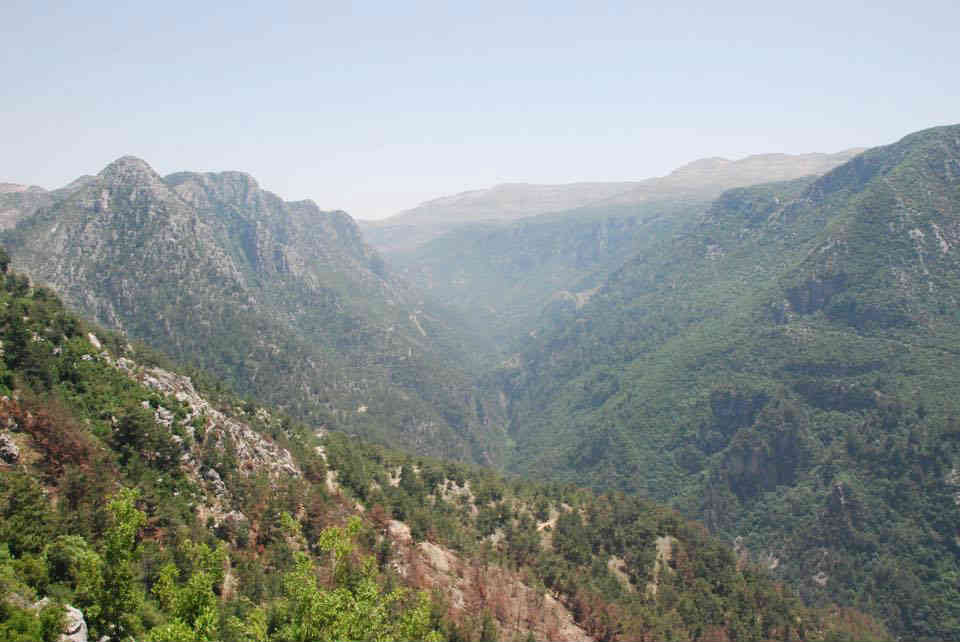
There are 15 domestic and inter-country rivers in Lebanon, yet we have an annual water deficit of 425 million cubic meters and Lebanese pay hundreds of millions of dollars yearly to cover their water needs. Ending this water-scarcity problem requires building dams and having a better water management policy, but this should not be done by wiping out green areas and destroying tens of thousands of trees unless there’s no other alternative.
What’s happening now?
The Janna dam has been causing controversy since day 1 and was already stopped back in 2013 after a report showed that building the dam might affect the Jeita Grotto. The report was challenged back then by Minister Bassil whose studies (Khatib & Alami, Artelia and Safege) reveal that Jeita’s water does not originate from Nahr Ibrahim. A week ago, Agriculture Minister Akram Chehayeb stated that works will be halted until the Ministry of Energy and Water and the Environment Ministry conduct new studies to assess the dam’s environmental impact.
The Pros and Cons:
In regards to the environment, building the Janna dam is a disaster as it will result in cutting down over 51,000 trees, killing millions of shrubs and herbs depending on these trees for nourishment, as well as endangering millions of species and destroying a whole ecosystem. On the other hand, completing the Janna dam will benefit around 700,000 people as it will provide additional water and energy to the northern part of Mount Lebanon and a section of the outskirts of the capital Beirut. Moreover, the dam is expected to create job opportunities for 400 workers and boost tourism and water sports in the area.
What to do:
I think the real problem here is that there are many conflicting studies about the dam and no one has a clear answer on its environment impact. This being said, the Ministry of Energy & Water is expected to ask several parties to conduct the necessary studies, then sit down with experts and activists, as well as residents of the area and take into consideration their remarks. More importantly, the authorities should set up a plan to compensate for the thousands of trees cut in order to minimize the environmental impact, knowing that it will takes probably 100 years to rebuild what they’re willing to destroy.
Once all these steps are implemented and the dam construction is approved by all concerned parties, then we can go ahead with it. Until then, I am against building the Janna dam and any dam. While Lebanon needs infrastructure projects to resolve the water-scarcity problem, I’d rather pay for my water needs than see green areas being wiped out just because the government is not willing to take more seriously the impact of a project.










Agree
There is a big scandal and corruption behind this project, involving politicians and the church.